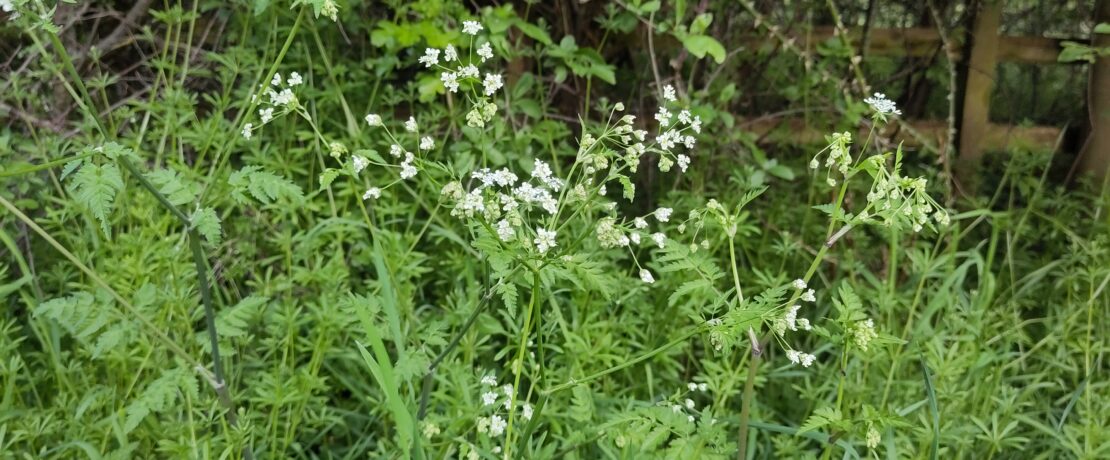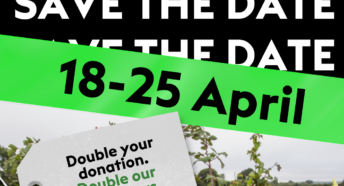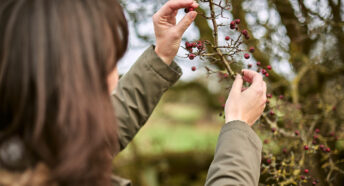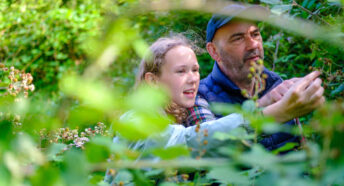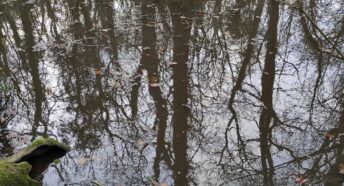Celebrating hedgerows
During May 2023 CPRE, the countryside charity, invited everyone to take part in Hedgelife Help Out. In this blog post our Digital Engagement Officer, Shelly Dennison, reflects on the experience.
Hedgelife Help Out is a citizen science project developed by CPRE to help build a nationwide picture of the health of our hedgerows.
“Hedgerows are the vital stitching in the patchwork of our countryside. Not only are they beautiful, with shifting seasonal colours, but they also provide homes and corridors for wildlife. And all the while they help tackle the climate crisis by capturing carbon.
Hedgelife Help Out involves you checking on a hedgerow local to you (or one you can visit). It will help us get a picture of the state of our hedgerow network and, we hope, make you want to find out more about hedgerows.
Taking part in Hedgelife Help Out is simple. Just find a hedgerow near you, and fill in a short online form answering a few simple questions.”
This sounded like something that would be worthwhile and so one warm and sunny early May evening I headed out to a stretch of nearby hedgerow. My chosen spot was a bridlepath on the edge of town.
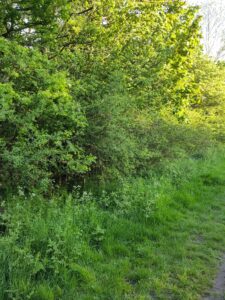
Having identified a likely looking five metre stretch it was time to tackle the questions.
1. Does the hedge have any blossom?
Off to a good start with this one – the hawthorn was just starting to come out. Hedgerow flowers and berries are an important food source for insects, birds and small mammals. They’re important for pollinators such as bees too.
2. Is there at least a metre of unmown grass running alongside the hedge?
Another yes! This is great news for wildflowers, ground nesting birds and insects. The cow parsley was looking particularly lovely, although yet to reach its full height.
3. Are there any trees taller than the hedge?
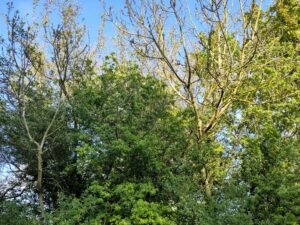
The varied heights of trees in my hedgerow provide habitats for different animals and birds. Taller trees also provide shade in warmer weather.
4. Does the hedge have more than five different leaf shapes?
This was an opportunity to really look at how many different species were present. A mix of plants makes a hedge a healthy one. Hedgerows with lots of different types of plant support more of our wonderful wildlife and are thought to cope better with threats from climate change so I was really pleased to find more than five shapes.
5. Is the hedgerow taller than you?
Definitely! Tall, wide hedgerows provide the best cover for nesting birds. Tall, bushy hedgerows are not only beautiful, but they are great for nature and the climate. They provide useful water drainage, clean the air and shelter wildlife.
6. Do all the hedgerow plants touch along the hedge? (For example, there are no gaps of more than a metre)
Another yes! This is great because dense, well-connected hedgerows are the best for wildlife, helping them to move from one field to another.
7. Does the hedgerow have branches all the way down to the ground?
It was all going so well… This one was a no, which was a shame because dense hedgerows that reach all the way to the ground provide cover to smaller mammals and birds from predators.
8. Take 5 minutes to notice creatures and critters around the hedge. How many birds did you see in 5 minutes? Around the hedge did you also see or hear any butterflies, bees or other insects?
It was nice to take a few minutes to just watch and listen, soaking up the whole habitat. It was perhaps a little late in the evening to spot many butterflies and bees but it was surprising not to see many moths or flying insects. I used the Merlin identification app to help pick out the individual birds that I was hearing.
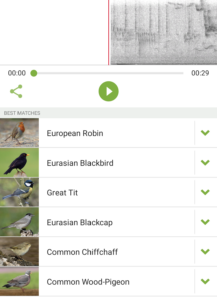
After the five minutes had finished a small flock of long-tailed tits appeared too.
Wellbeing
At the end of the survey questions participants were asked whether they found taking part good for their wellbeing. I certainly found the experience absorbing and niggling worries disappeared.
Closer to nature?
Participants were also asked about whether we felt closer to nature while we were taking part. The questions made me think about what makes a healthy a hedge and better appreciate their value to nature. Having even a short period of time to stop and use the senses to really appreciate the hedgerow was particularly valuable in terms of feeling closer to nature:
- Sight – looking at the different leaf shapes, colours and flowers.
- Sound – listening to the birdsong
- Touch – feeling the textures of different leaves
- Smell – the scent of hedgerow flowers
This short video gives a flavour of the evening.
